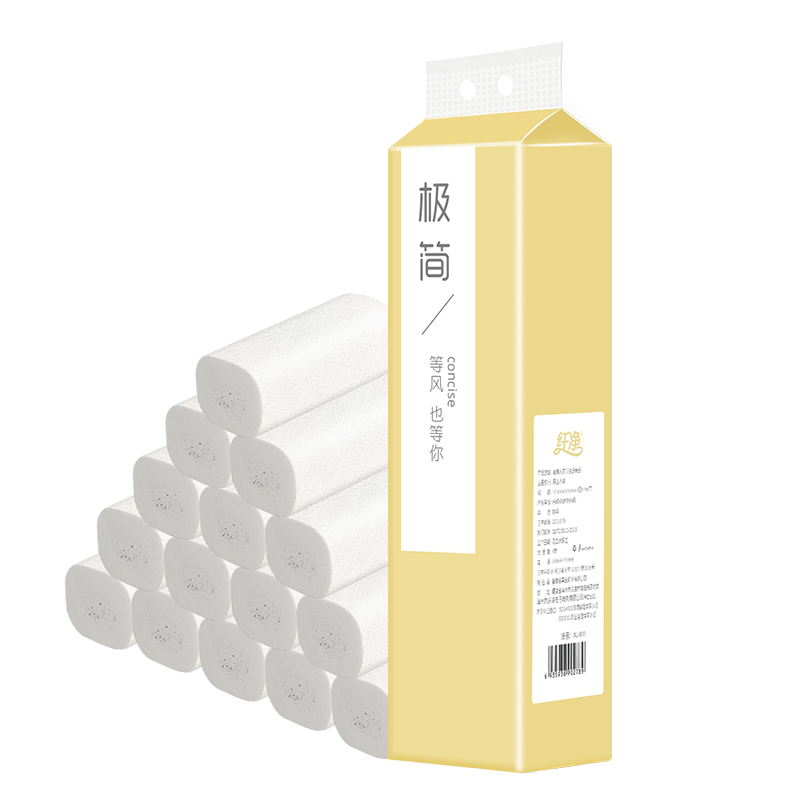
What to Consider When Choosing the Best Paper Towels/Toilet Paper
Before shopping for paper towels, there are some key factors to consider. Though it’s easy to assume that all paper towel brands are the same because they work similarly, several characteristics can affect the quality. Keep reading to learn about some of the most important qualities to remember when shopping for the best paper towels for you.
Number of Rolls
Paper towels can be sold in single rolls or in packages of two, four, six, or 12 rolls. Bulk options are also available. Generally speaking, packages with a higher number of rolls are more economical.
Sheet Size and Number
When marketing paper towels, brands will refer to their roll sizes using terms like “double roll,” “mega roll,” and “family roll,” but these sizes aren’t necessarily consistent between manufacturers. The best way to compare paper towel prices is by looking at the number of sheets per roll. A standard roll typically contains 100 sheets.
However, it can still be difficult to calculate which product is the most economical, because each sheet’s dimensions vary depending on the brand. While most paper towel rolls are 11 inches in height, each sheet can vary in width from 5.5 inches to 11 inches.
Paper Type
Paper towels are typically made from one of three materials.
Standard (or virgin) paper towels are the most commonly available on the market. They are made from the pulp of softwood trees. The fibers are then bleached to ensure a uniform white color.
Recycled paper towels feature recycled paper pulp, making them more sustainable and eco-friendly.
Bamboo paper towels are made from bamboo fibers. Because bamboo is a more easily renewable resource than softwood trees, it also makes for a more eco-friendly option.
Absorbency
Absorbency refers to how much liquid a paper towel can soak up. Paper towels must be absorbent for quickly wiping up spills. Most paper towels are coated in a translucent layer of resin, which makes the paper stronger when it becomes wet. They are then embossed to create small air pockets that aid in fluid absorption.
To test absorbency, experts measure the quantity of water that a sheet can take in before it begins to fall apart. While 2-ply paper towels tend to be more absorbent, some 1-ply models also fare well in these tests.
Softness
While softness isn’t quite as important with paper towels as it is with toilet paper, it’s still a key consideration if you use them as napkins at the dinner table to wipe your hands or face. In order to measure the softness of products like toilet paper and paper towels, sensory experts place the products in temperature and humidity-controlled rooms and evaluate their hand feel.
Layers
Paper towels typically have either one or two layers of material.
1-ply paper towels feature a single layer of paper. They disintegrate more easily after you dispose of them, making them more eco-friendly.
2-ply paper towels have two layers and are typically stronger and more absorbent than 1-ply paper towels. They do, however, also tend to be more expensive.
Eco-Friendliness
Paper towels are inherently wasteful, but some products have a reduced environmental impact because of the materials they’re made with and the way they are produced. Products made from either partially recycled paper or 100 percent recycled paper are readily available. Standard paper towels are typically bleached with chlorine to ensure that they have a pure white color. Because chlorine is a pollutant, unbleached varieties further lessen the product’s ecological footprint. Generally speaking, however, eco-friendly papers towels do tend to underperform compared with products made from virgin paper.
It’s important to note that paper towels take longer to disintegrate than toilet paper, and therefore you should never flush them down the toilet. However, paper towels are compostable if they haven’t been used with chemical cleaning products, and you can therefore dispose of them in an eco-friendly way.